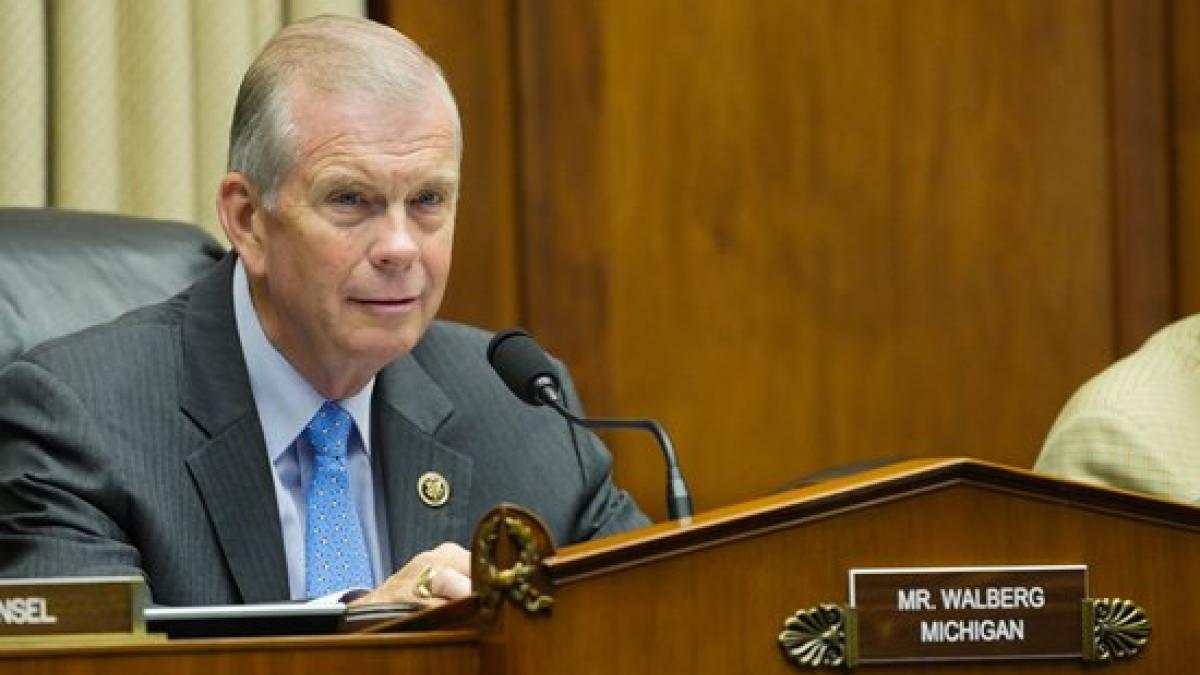Walberg Reintroduces Legislation to Modernize PURPA, Lower Costs for Electricity Consumers

Washington, D.C.—U.S. Representative Tim Walberg (MI-07) today reintroduced the PURPA Modernization Act of 2019 to update the Public Utility Regulatory Policies Act of 1978 (PURPA) and help lower utility bills for American families. Congressman Walberg has been examining the law as part of his work on the House Energy and Commerce Committee, and H.R. 1502 reflects his continued interest in bringing down the price of electricity for Michiganders and others across the country.
"The energy landscape has changed significantly over the last 40 years, and many challenges of that era no longer exist," said Walberg. "With new technologies and innovations, today's energy markets are more diverse and efficient than ever before. Domestic energy resources are abundant, and it's high time to modernize this law to reflect the new realities in our energy markets and to lower the utility bills of Michiganders and Americans across the country."
Enacted almost 40 years ago in response to the oil crisis, PURPA was written at a time when the energy landscape was vastly different than today. The law's outdated regulatory burdens drive up electricity costs for consumers and do not reflect the current competition and innovation in the market. H.R. 1502 seeks to bring this decades-old law into the 21st century, foster greater competition, and stop the gaming of a Federal law at the expense of electricity customers to provide more affordable and reliable energy.
About H.R.1502, The PURPA Modernization Act of 2019
Prevents abuse of the Federal Energy Regulatory Commission's (FERC) one-mile rule to ensure that two or more facilitates located more than one mile apart
Lowers the 20 Megawatt threshold mandatory purchase obligation to reflect increased competition in electricity markets since PURPA was enacted.
Empowers state public utility commission to waive the mandatory purchase obligation on a case-by-case basis if additional power is not required t meet customers' electricity needs.